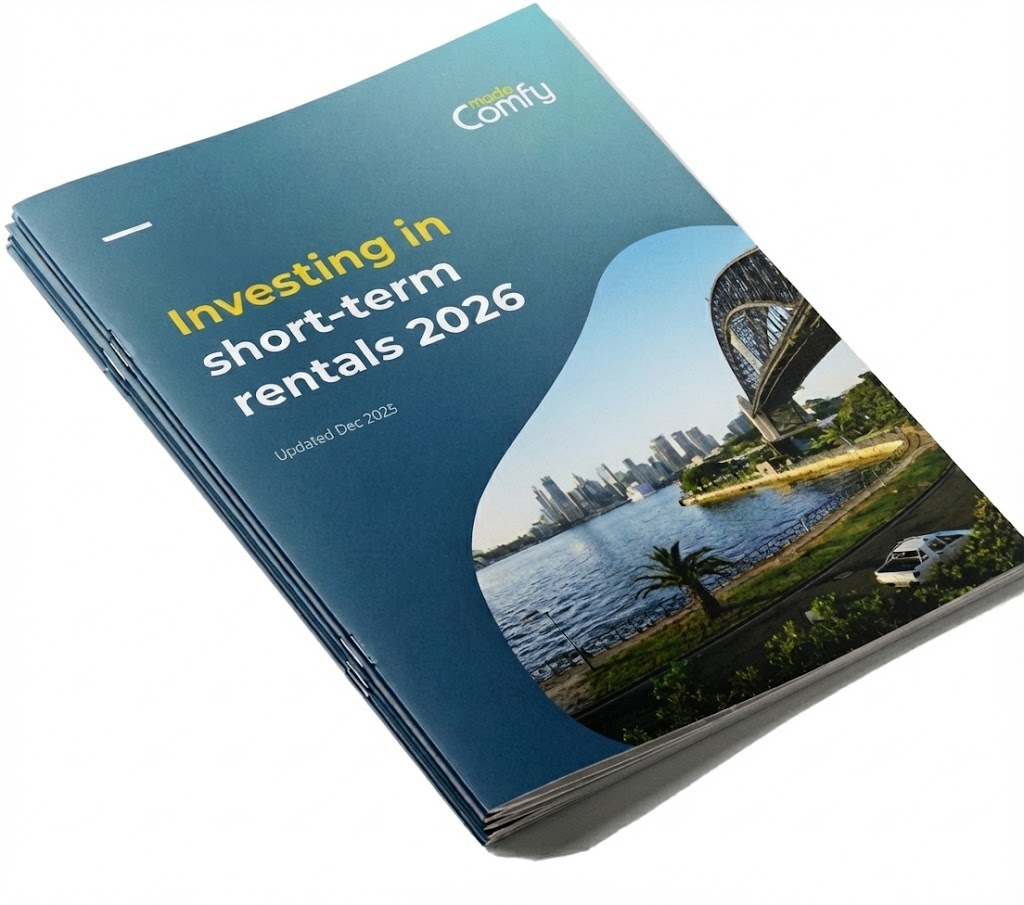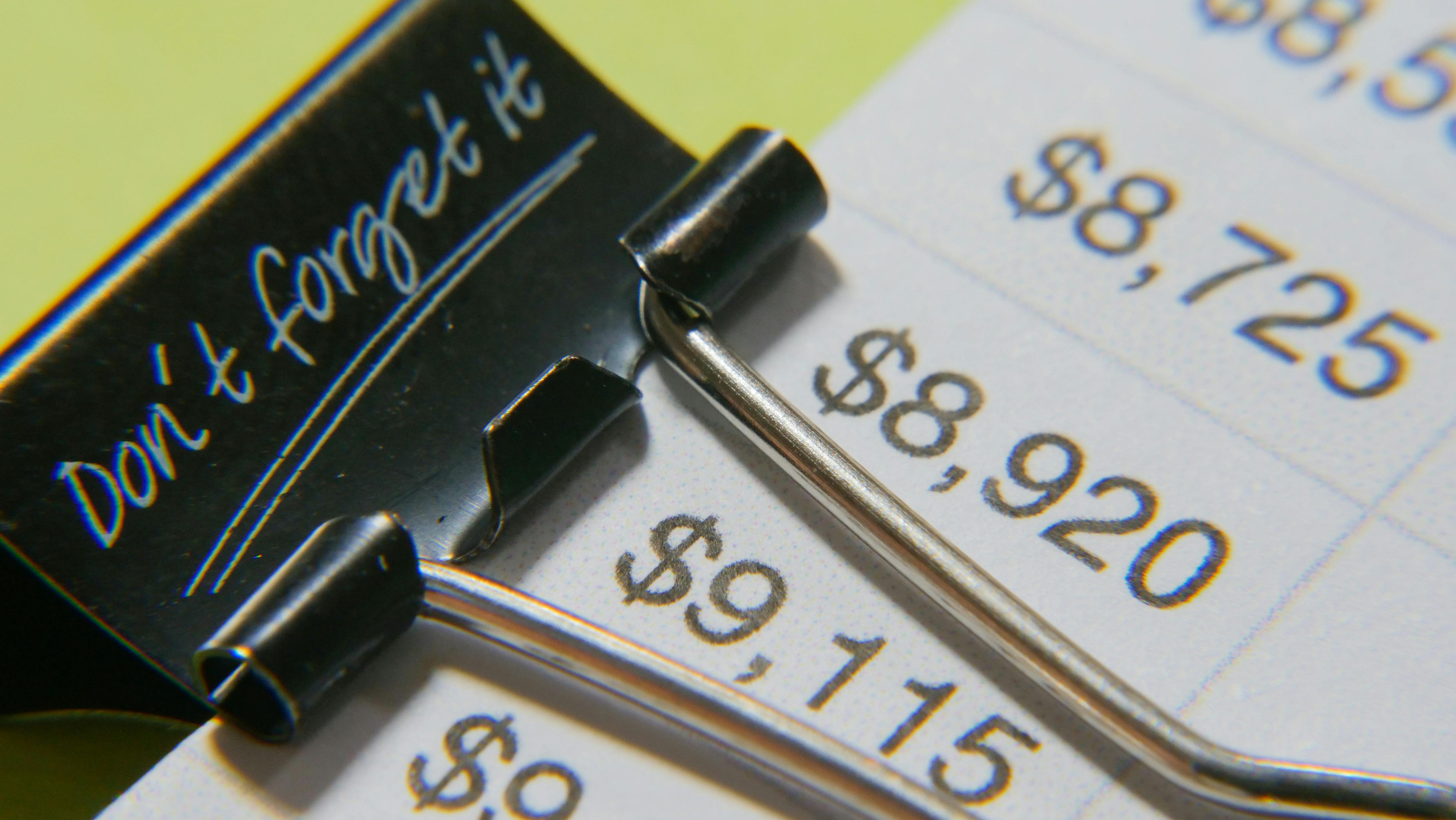10 Best Sydney Suburbs to Invest in for Airbnb in 2025
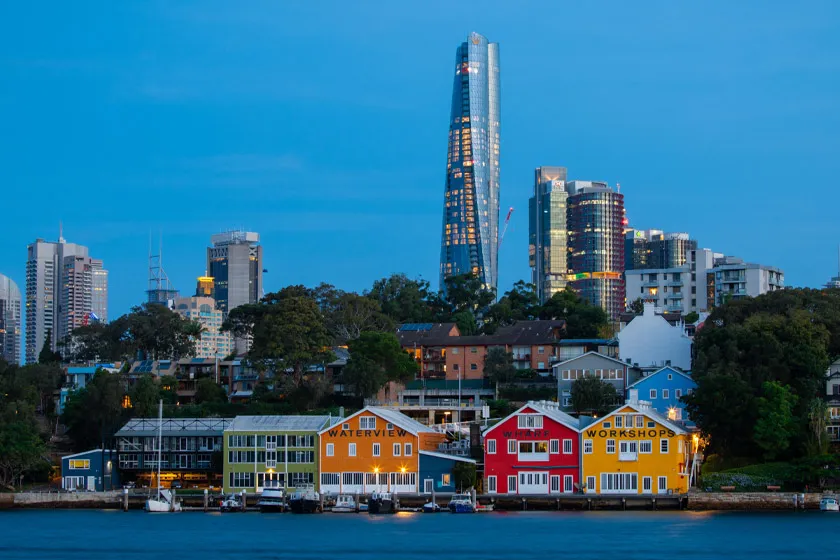
Picking the right suburb is half the battle when it comes to Airbnb and short-term rental success in Sydney. With travel spend rebounding and major events back in full swing, 2025 is shaping up as a strong year for short‑stay income - provided you buy where year‑round demand and regulation align. We’ve crunched current performance data and mapped it against NSW’s STRA rules to shortlist 10 suburbs where occupancy, ADR and RevPAR stack up.
Below, you’ll find how we selected the finalists and what to watch before you buy, plus a concise snapshot of why each suburb is primed for 2025.
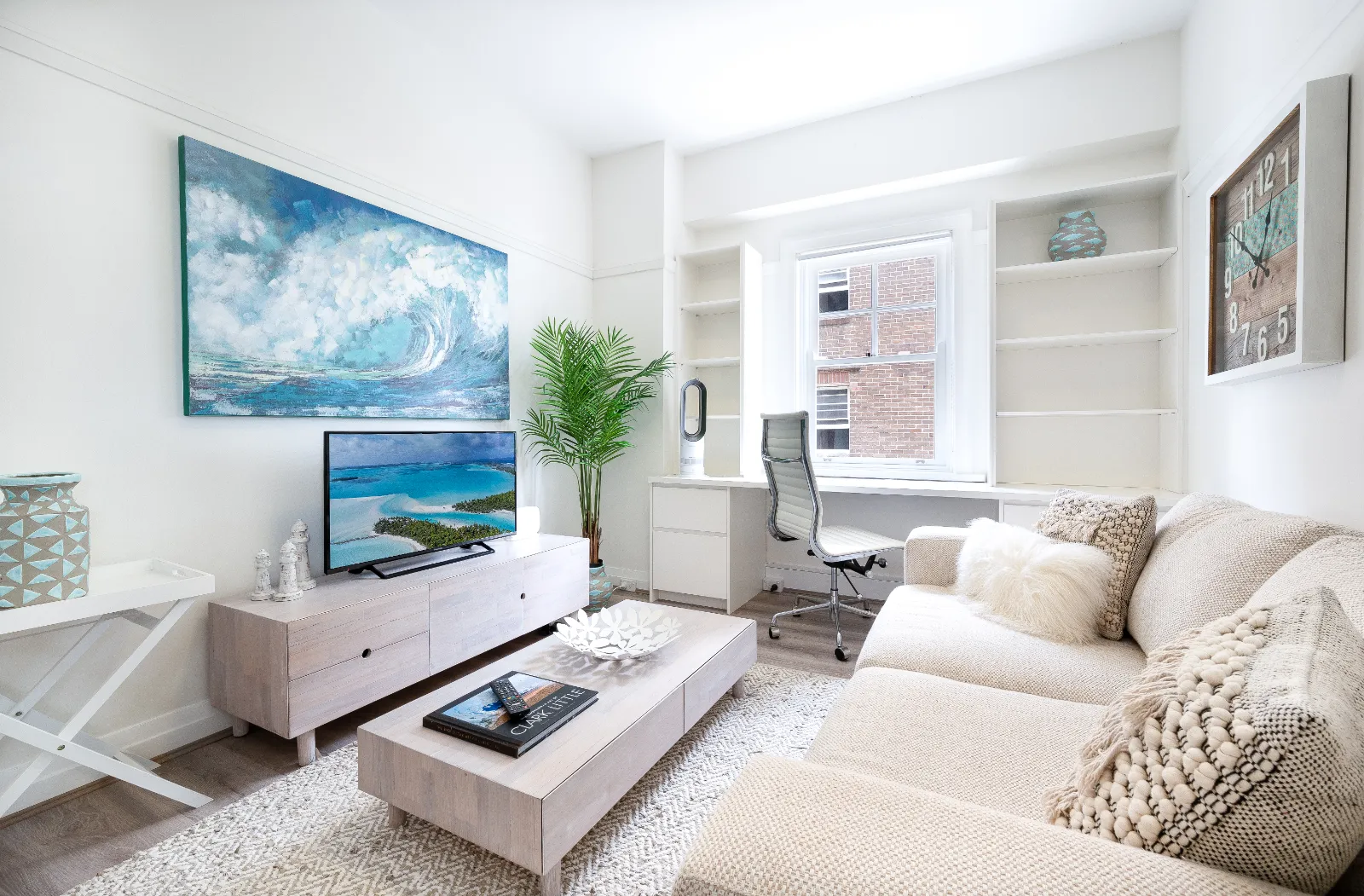
Why Sydney Airbnb investment still stacks up in 2025
Visitor demand and spend in NSW hit record highs in 2024, and international capacity through Sydney Airport is nearing full recovery - good news for occupancy and pricing across key tourist and business precincts in 2025. AirDNA continues to rank Sydney among Australia’s strongest STR markets, with occupancy commonly in the 60–70% range and ADRs pushing above $300 during peak periods like Mardi Gras, Vivid and New Year’s.
Regulatory settings remain comparatively stable. NSW’s STRA framework continues in 2025 with hosted stays unrestricted year‑round and non‑hosted listings in Greater Sydney capped at 180 nights, alongside mandatory registration and fire‑safety compliance. Unlike Victoria’s new 7.5% short‑stay levy, NSW has no broad levy - supporting net returns when you model fees and holding costs.
How we chose the top 10 suburbs (occupancy, ADR, RevPAR, 180-day cap, tourism/events)
We benchmarked suburbs using AirDNA’s latest occupancy, ADR and RevPAR, weighting RevPAR and 12‑month occupancy stability to focus on resilient yield - not just one‑off spikes. We then applied NSW’s STRA rules, modelling non‑hosted earnings under the Greater Sydney 180‑night cap and confirming registration and fire safety requirements; hosted (home‑share) use remains uncapped.
Demand drivers were mapped against proximity to the CBD, beaches, ICC Sydney, Accor/Allianz stadiums and airports, and known seasonal surges around Mardi Gras (Feb–Mar), Vivid (May–Jun) and New Year’s Eve. Suburbs that benefit from both midweek corporate demand and weekend leisure peaks ranked highest.
Inner-city high performers: Surry Hills, Darlinghurst, Ultimo, Chippendale
Surry Hills and Darlinghurst consistently lead inner‑city performance. AirDNA data indicates average occupancies near 70% with ADRs typically $280 - $320, translating to RevPAR around or above $200 for well‑located 1–2 bedroom properties. Cafés, dining and nightlife drive weekend demand, while proximity to the CBD underpins steady midweek bookings.
Ultimo and Chippendale benefit from Tech Central, UTS/USYD and ICC Sydney around Central Station, creating reliable corporate, academic and event‑related stays. Note that in the City of Sydney LGA, non‑hosted STRs are capped at 180 nights and must be STRA‑registered with fire‑safety compliance, and platforms enforce the cap. Hosted home‑share can operate year‑round.
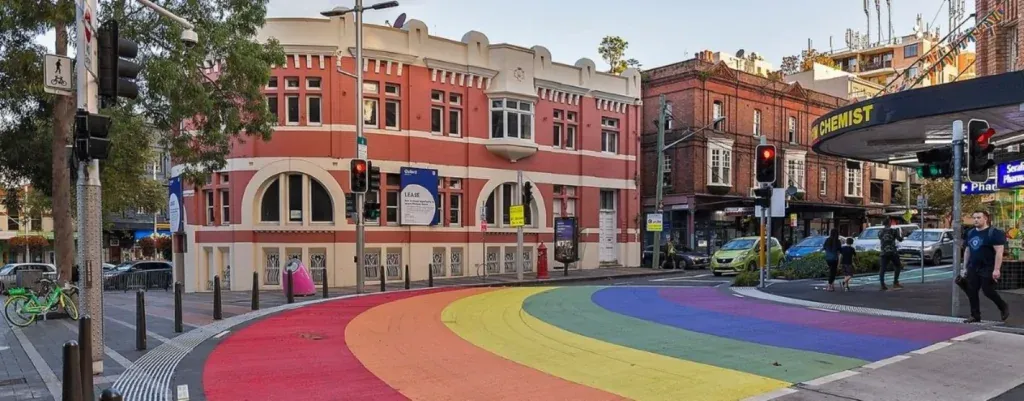
Beachside demand magnets: Bondi Beach, Manly, Coogee
Bondi Beach, Manly and Coogee sit among Sydney’s top STR performers, with peak‑summer occupancy often above 80% and ADRs commonly $350–$600+ per night. Longer minimum stays and premium pricing in summer and school holidays lift RevPAR well above non‑coastal areas, with shoulder seasons buoyed by beach events and lifestyle travel.
These suburbs fall under Greater Sydney’s 180‑night cap for non‑hosted STR and require STRA registration and compliance with the STRA Fire Safety Standard. In high‑density buildings, strata by‑laws can prohibit non‑hosted STR - essential to check in Bondi and Coogee. Events like City2Surf (70,000+ participants to Bondi) and Manly’s fast ferry access to the CBD sustain demand beyond summer.
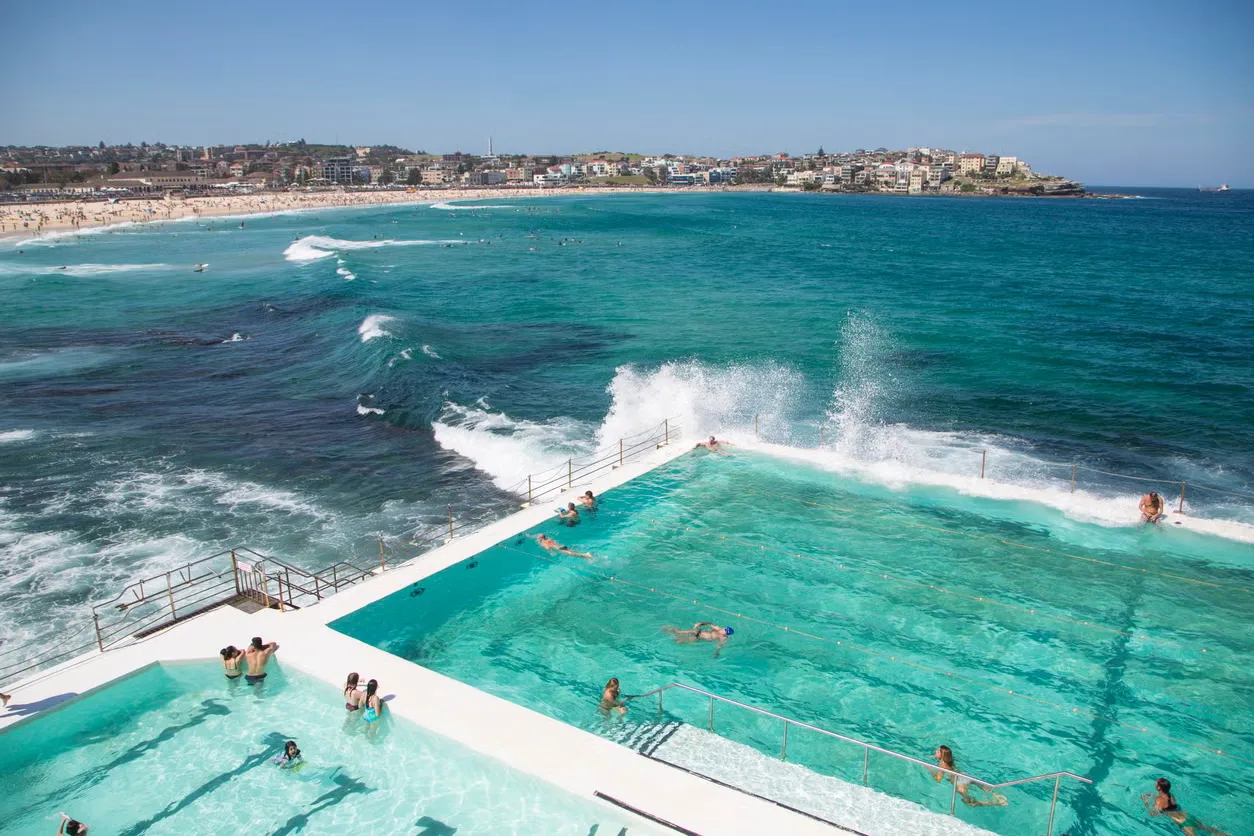
Lifestyle and growth hubs with strong connectivity: Newtown, Balmain, Parramatta
Newtown’s train link puts guests roughly eight minutes from Central. King Street’s dining, plus the University of Sydney and RPA Hospital, keep calendars filled with students, academics and medical visitors - supporting dependable occupancy outside peak leisure periods.
Balmain offers a quiet peninsula feel within 10–15 minutes by fast ferry to Barangaroo/Circular Quay. Limited hotel supply and character terraces mean well‑presented homes attract both business and weekend travellers seeking proximity without the CBD bustle. In Western Sydney, Parramatta is the “second CBD”: the Light Rail (Stage 1) is operating, Sydney Metro West will cut CBD travel to about 20 minutes, and major draws—CommBank Stadium, the Westmead Health Precinct and Powerhouse Parramatta (opening 2025) - anchor year‑round short‑stay demand.

What to know before you buy an Airbnb property in Sydney (regulation, strata, insurance, setup)
NSW’s STRA rules require registration on the NSW Planning Portal (with your registration ID displayed), compliance with the STRA Fire Safety Standard - think smoke alarms in bedrooms/hallways, a kitchen fire blanket/extinguisher and an evacuation diagram - and adherence to the Greater Sydney 180‑night cap for non‑hosted stays. Hosted home‑share is uncapped.
If you’re buying in a strata building, the owners corporation can pass a by‑law banning short‑term letting when the lot isn’t the host’s principal place of residence. Review the scheme’s current by‑laws, minutes and AGM agendas before you exchange. Standard landlord or strata insurance usually excludes STR- arrange dedicated short‑stay cover with public liability and building/contents. Don’t rely on Airbnb’s AirCover; it isn’t an insurance policy and has notable exclusions.
Conclusion: Shortlist the right suburb with data — Book a free rental estimate
In Greater Sydney, non‑hosted short‑term rentals are capped at 180 nights per year, all listings must be on the NSW STRA Register and comply with fire‑safety standards, and strata by‑laws can restrict STR in non‑principal residences. Suburb‑level performance varies widely: beachside and inner‑city pockets surge around summer, New Year’s Eve and Vivid, while university, hospital and business districts help smooth occupancy across the year.
Use local ADR, occupancy and RevPAR comps to model seasonality and net returns, and factor in policy risk—Byron Shire’s 60‑day cap (from September 2024) and Victoria’s 7.5% levy (from 1 January 2025) don’t apply in Sydney but signal the need for sensitivity testing. Want suburb‑specific projections for your property?
Get a free short‑term rental income estimate from MadeComfy.



